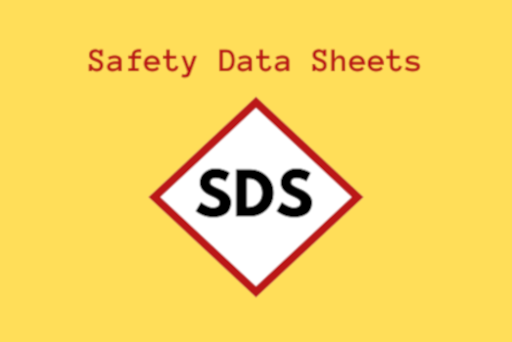Why Safety Data Sheets Matter in Every Industry

Safety Data Sheets (SDS) play a crucial role in maintaining workplace safety, often operating behind the scenes, and serving as comprehensive documents that transcend industry boundaries. From the manufacturing floor to healthcare facilities, the universal importance of SDS cannot be overstated. In this blog post, we delve into the reasons why SDS is a linchpin in various industries, emphasizing its pivotal role in hazard communication and risk mitigation, and shedding light on how important it is to consider software to manage SDSs.
The Universal Relevance of SDS:
SDS is not an exclusive tool confined to specific sectors; it is a universal language spoken across diverse industries. Whether you are dealing with heavy machinery in manufacturing, intricate processes in healthcare, or even the everyday products we use, SDS is there, ensuring our safety. Its applicability across different sectors is a testament to its versatility and necessity.
Consider a manufacturing setting where chemicals and materials are part of daily operations. SDS becomes the guiding light, providing workers with crucial information on the properties, hazards, and safe handling practices of each substance. Now, shift the focus to healthcare, where precision and accuracy are paramount. Even here, SDS plays a crucial role in managing the safety of pharmaceuticals, chemicals used in laboratories, and medical equipment.
Understanding Hazard Communication:
Clear and effective communication is the anchor of safety, and SDS is the medium through which hazards associated with chemicals and products are communicated. The standardized format of SDS ensures that regardless of the industry or location, everyone speaks the same safety language.
In manufacturing, where the scale of operations can be massive, hazard communication becomes particularly challenging. SDS breaks down complex information into understandable sections, detailing the potential risks and necessary precautions. In healthcare, where a single error can have profound consequences, the communication of hazards is equally critical. SDS enables healthcare professionals to navigate the intricacies of chemical compounds and make informed decisions to protect both themselves and patients.
Risk Mitigation through SDS:
Prevention is always better than cure, especially when it comes to workplace safety. SDS serves as a proactive tool for risk mitigation, providing a roadmap to identify, assess, and control potential risks. By understanding the hazards associated with specific substances, industries can implement targeted safety measures to prevent accidents and ensure a secure working environment.
Consider a scenario in construction where various materials are used, each with its unique set of hazards. SDS becomes a preemptive guide, enabling workers to adopt preventive measures and use personal protective equipment appropriately. Similarly, in the food industry, where the handling of certain chemicals is routine, SDS plays a pivotal role in preventing contamination and ensuring the safety of the final product.
Real-world Examples:
The impact of SDS is not theoretical; it is tangible and has real-world implications. In the oil and gas industry, where the handling of hazardous chemicals is routine, a comprehensive understanding of SDS has contributed to a significant reduction in workplace accidents. Likewise, in the pharmaceutical sector, adherence to SDS has been pivotal in maintaining the integrity of research and manufacturing processes.
And in the fast-paced world, adopting software to manage the SDSs is indispensable. As industries progress, so does the information contained in SDS and the aspects that need to be linked to the SDSs, efficient software will ensure that SDSs remain relevant and effective in addressing contemporary challenges, and finally linked to all related components.
Conclusion:
In conclusion, Safety Data Sheets are the silent guardians of workplace safety, bridging the gap between industries and ensuring a mutual understanding of hazards and risk mitigation strategies. Whether you are in manufacturing, healthcare, or any other sector, SDS is a vital component of your safety toolkit, and when it comes to choosing the powerful software to manage your SDSs, Trackmedium QMS is the right choice.
Trackmedium QMS offers a specialized SDS module that serves as a centralized repository to store the safety data sheets for hazardous materials used in your company alongside all other related information, so they can be one click away from you when needed.




